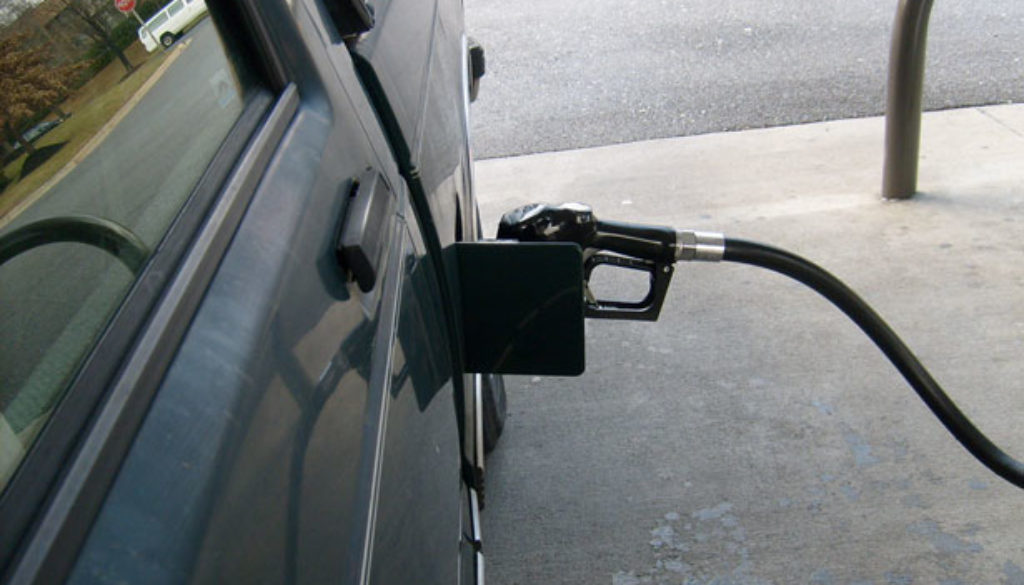EPA Keeps Clean Car Standards Strong for 2025
By Luke Tonachel, Natural Resources Defense Council
The Environmental Protection Agency has made an official final determination to keep in place the existing clean car standards for new automobiles through model year 2025. The finding is the result of years of technical data gathering and thorough analysis by EPA, the National Highway Traffic Safety Administration and the California Air Resources Board.
EPA’s decision to keep strong standards is good news for consumers, our energy security and the environment. New cars and light trucks of all types will continue to get more fuel-efficient and less polluting each year. Drivers will save money at the pump, while helping to reduce our costly dependence on oil and protect public health. Strong standards also are a key strategy for reducing our nation’s carbon pollution to meet the United States 2025 Paris Climate commitment and larger, longer-term reductions.
Meeting strong standards is clearly achievable by the automakers. Three agencies put out a draft Technical Assessment Report (TAR) in July, finding that there is plenty of existing known fuel-saving, low-emissions technology that the automakers can use to meet the 2025 standards adopted in 2012. In fact, technology costs are even lower than predicted in 2012, as noted in the TAR and EPA’s November updates in response to extensive public comments, which found that the standards could have been strengthened further because of the lower costs. (You can find NRDC’s detailed comments here.)
A new car meeting the 2025 carbon pollution requirements will save the owner nearly $4000 compared to today’s average new car under the existing standards, because the fuel savings at the pump far outweigh the cost of the low-emissions technologies that make the vehicle more efficient.
Greenhouse gas and fuel economy standards have already worked to bring cleaner, more fuel efficient vehicles to the market. The standards have avoided over 142 million metric tons of carbon pollution and saved American drivers over $32 billion in fuel costs just for model years 2012 to 2016.
Moreover, we’ve realized these savings as new vehicles have ramped up to record levels of both fuel economy and sales. Emissions from new vehicles are also at record lows, thanks to standards that tighten year over year.
And automakers are continuing to add fuel-saving innovations to their vehicles, thanks to standards and consumer demand. Ford’s top-selling F-150 pickup truck is getting upgraded with a 10-speed transmission and a start/stop system that shuts off the engine to prevent fuel-wasting idling. Ford made waves in recent years when engineers cut the truck’s weight dramatically with a shift to an aluminum frame. Now they are expanding that to their SUVs.
The agencies found in their technical assessment that automakers can meet the 2025 standards primarily with improvements to conventional gasoline vehicles with better engines and transmissions. With the certainty of the standards, engineers are continuing to find new technical solutions that were not predicted in 2012. For example, we are starting to see more investment in high-compression ratio Atkinson cycle engines, dynamic cylinder deactivation and low-cost 48 volt mild hybrid systems.
Maintaining strong standards will help make sure that auto engineers continue to innovate in efficiency technologies that reduce pollution and fuel use. Consumer support for fuel efficiency remains very strong, according a recent Consumer Federation of America poll.
Anti-regulatory forces in Washington may wish to disrupt the tremendous progress made over the last decade in cleaning up our cars. But the market is not slowing down, and we can’t afford to slow down. To serve consumers, protect our planet and enhance our energy security, we must keep driving forward with strong clean vehicle standards.

